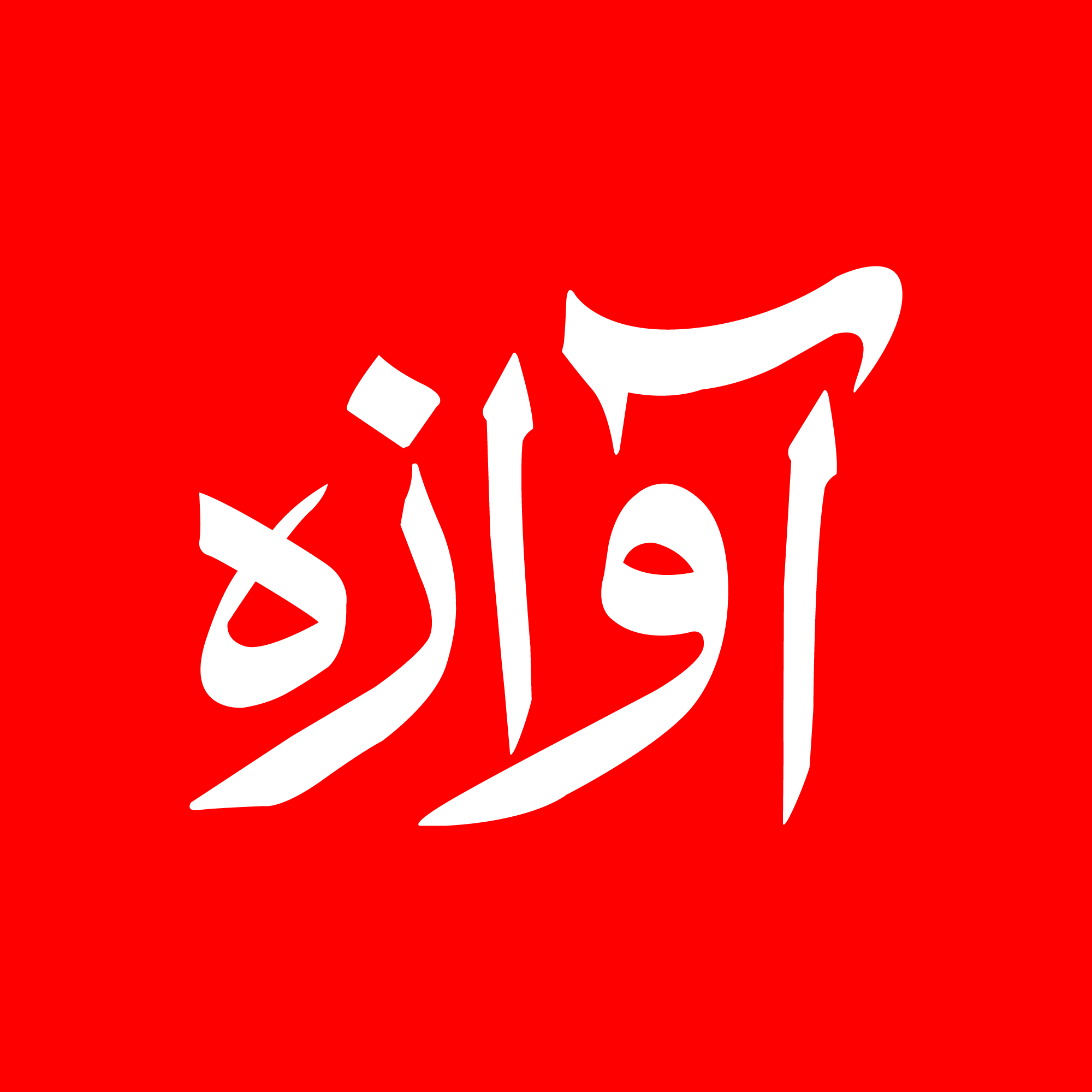Pakistan is a developing country in South Asia with a population of over 220 million people. Its economy has been facing several challenges over the years, including high inflation, low GDP growth, and a significant trade deficit. Despite these challenges, Pakistan’s economy has immense potential, and the government has been taking steps to boost economic growth.
Challenges
- High Inflation
Inflation has been a significant challenge for Pakistan’s economy, with the inflation rate reaching a 30-year high of 14.6% in January 2021. High inflation affects the purchasing power of consumers, reducing their ability to buy goods and services.
- Low GDP Growth
Pakistan’s GDP growth rate has been low, with an average of around 3% over the last decade. This is well below the required rate of around 7-8% to keep up with the population growth rate.
- Trade Deficit
Pakistan has a significant trade deficit, with the country importing more than it exports. This creates a foreign currency deficit, which can lead to a devaluation of the local currency, further contributing to inflation.
Opportunities
- Large and Growing Population
Pakistan has a large and growing population, which presents significant opportunities for businesses in various sectors. With a rising middle class, there is an increasing demand for goods and services, which can boost economic growth.
- Strategic Location
Pakistan is located at a strategic position, connecting South Asia, the Middle East, and Central Asia. This presents opportunities for trade and commerce, as well as the potential for Pakistan to become a regional economic hub.
- Abundant Natural Resources
Pakistan is rich in natural resources, including coal, oil, gas, and minerals. The country also has a significant agricultural sector, with a variety of crops grown. The development of these resources can contribute to economic growth and increase export revenue.
Government Initiatives
To address the challenges and take advantage of the opportunities, the government has been taking various initiatives to boost economic growth. These include:
- Investment in Infrastructure
The government has been investing in infrastructure development, including the construction of roads, bridges, and dams. This can improve connectivity, boost trade, and create employment opportunities.
- Encouraging Foreign Investment
The government has been encouraging foreign investment in various sectors, including energy, agriculture, and manufacturing. This can bring in foreign capital, technology, and expertise, which can contribute to economic growth.
- Focus on Exports
The government has been focusing on increasing exports, particularly in the textile and IT sectors. This can help reduce the trade deficit and increase foreign exchange reserves.
Conclusion
Pakistan’s economy faces significant challenges, but there are also opportunities for growth. The government’s initiatives to boost economic growth, coupled with the country’s strategic location, growing population, and abundant natural resources, provide a solid foundation for economic development. However, to achieve sustained economic growth, Pakistan must address its challenges, particularly high inflation, low GDP growth, and the trade deficit, while continuing to focus on building its strengths and opportunities

